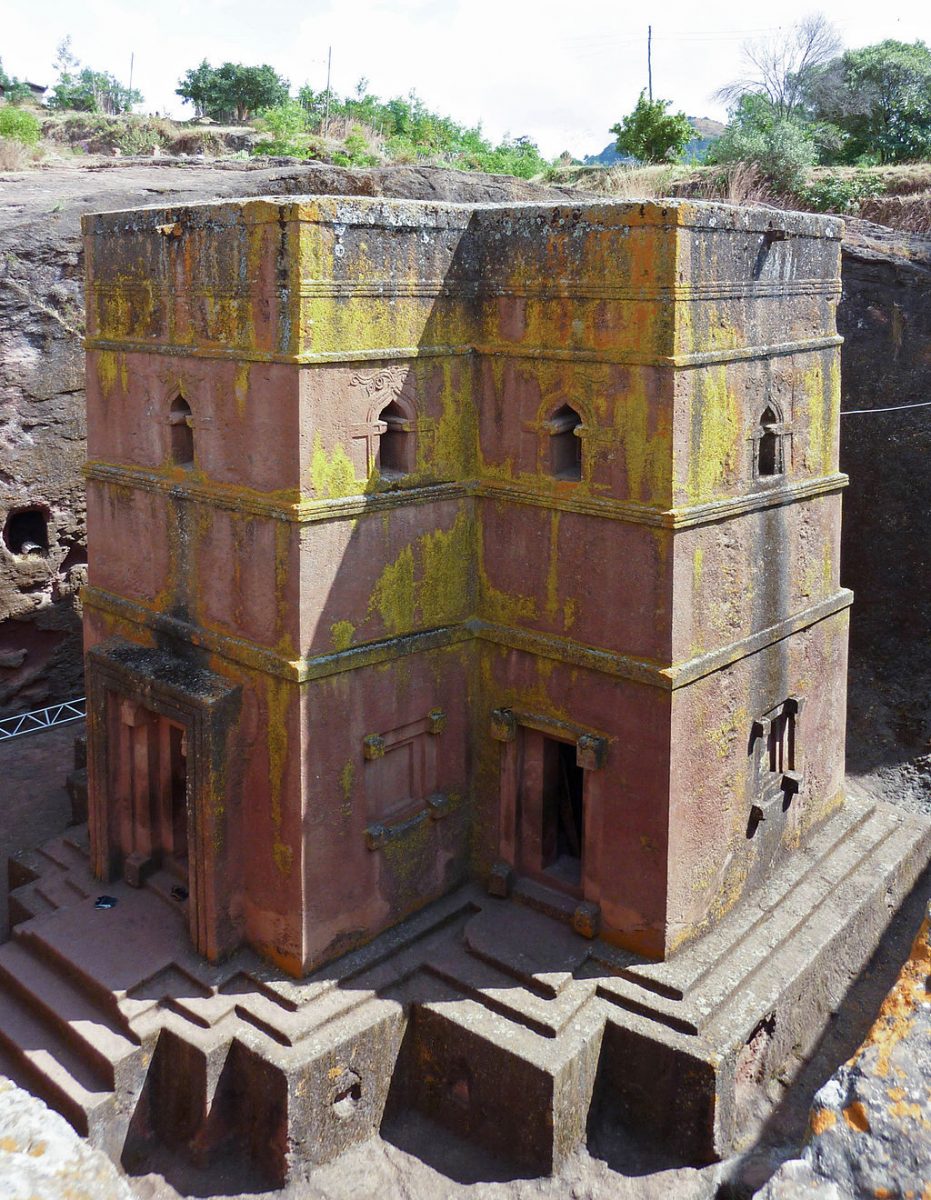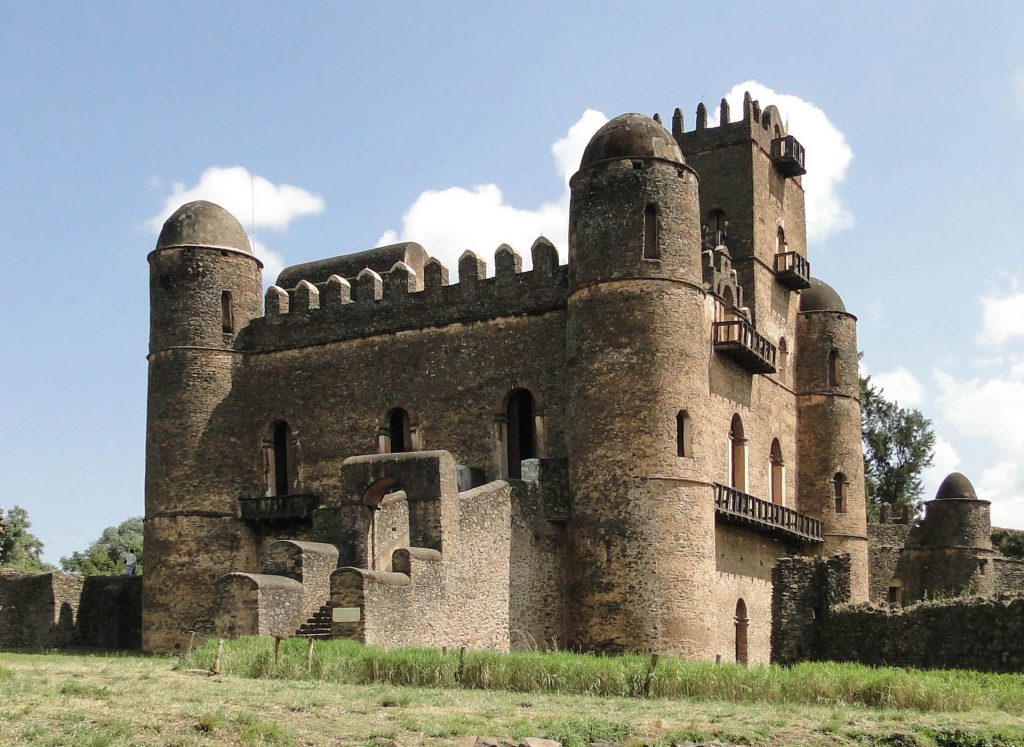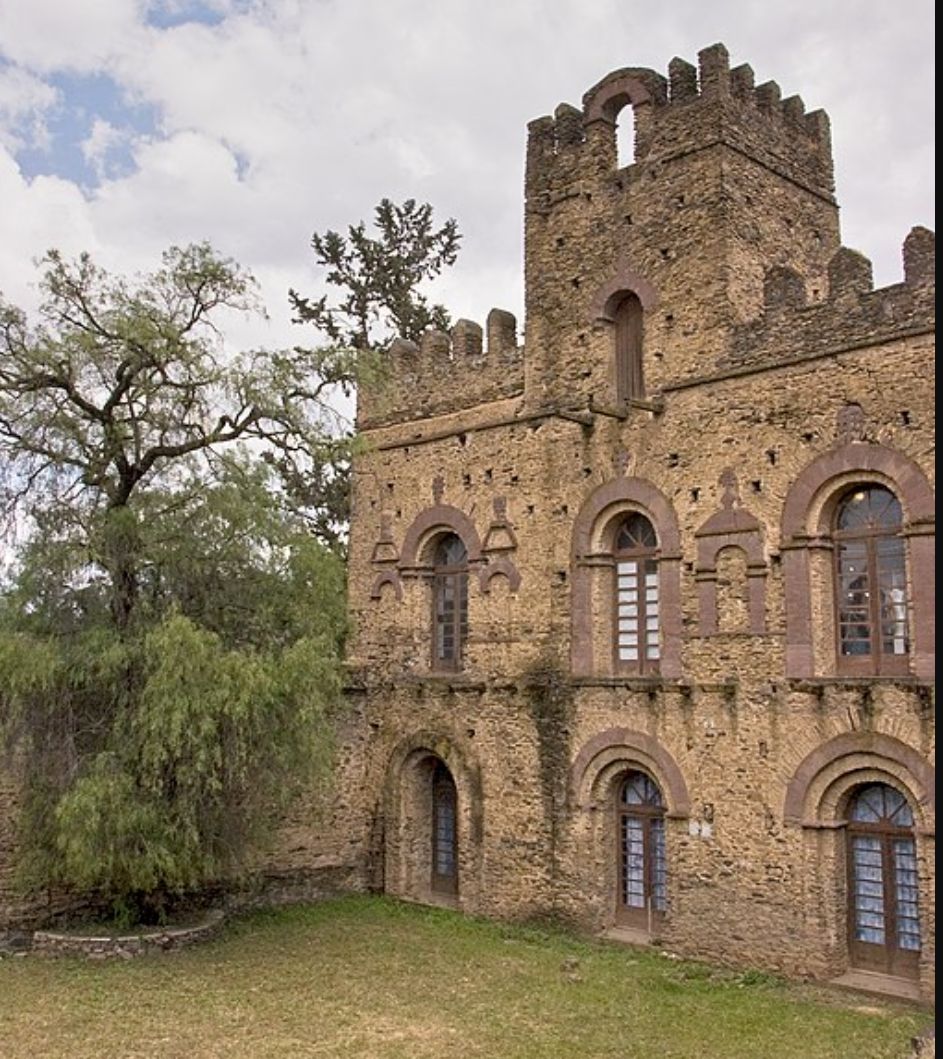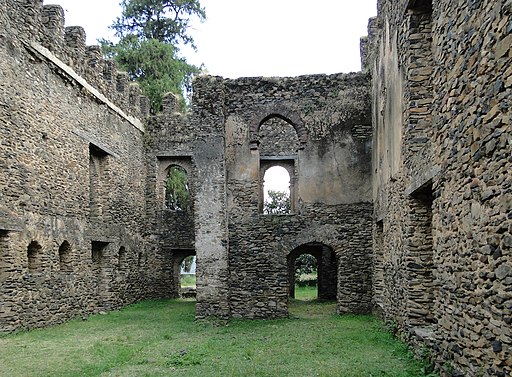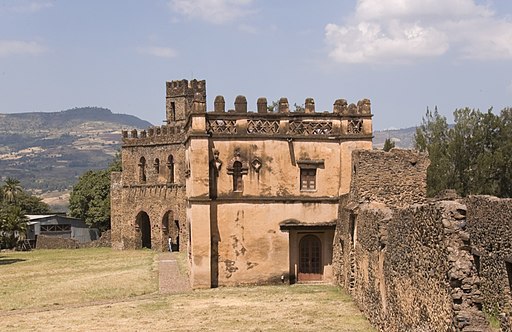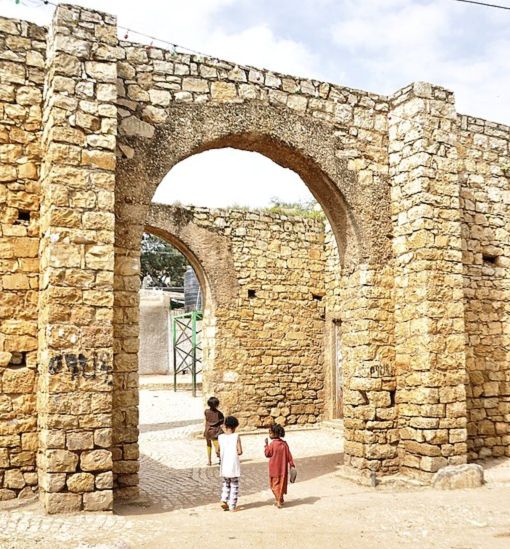Use these topics to jumpstart research!
Slideshow
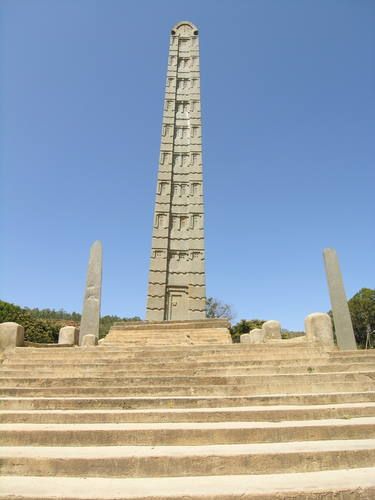 |
Endubis
Coins issued: 270-300 C.E. Production of money in Ethiopia is believed to have started around AD 270 during the reign of King Endubis. He minted gold and silver coins in Koine Greek script.
Endubis or Endybis was a late-3rd-century sovereign of the Kingdom of Aksum in East Africa (modern-day Ethiopia and Eritrea). He was among the earliest rulers in the Horn of Africa to mint his own coins; the Aksumite currency of his reign was issued in gold and silver denominations and bore inscriptions in Koine Greek.
|
|
|
Emperor Lalibela and the 11 medieval churches of Lalibela, Ethiopia
Eleven rock-hewn churches were built during the reign of Emperor Lalibela 1162 – 1221. “The 11 medieval monolithic cave churches of this 13th-century ‘New Jerusalem’ are situated in a mountainous region in the heart of Ethiopia near a traditional village with circular-shaped dwellings. Lalibela is a high place of Ethiopian Christianity, still today a place of pilgrimage and devotion. (https://whc.unesco.org/en/list/18)
|
|
|
Emperor Fasilides’ Public and Private Buildings at Gondar, Ethiopia
Emperor Fasilides 20 November 1603 – 18 October 1667 was son of Emperor Susenyos I and Empress Seltan Mogasa. In the 16th and 17th centuries, the fortress-city of Fasil Ghebbi was the residence of Fasilides and his successors. Surrounded by a 900-m-long wall, the city contains palaces, churches, monasteries and unique public and private buildings marked by Hindu and Arab influences, subsequently transformed by the Baroque style brought to Gondar by the Jesuit missionaries. (https://whc.unesco.org/en/list/19)/
|
|
|
Emperor Fasilides Bath at Gondar, Ethiopia
The compound consists of the bath, a central tower and bridge that’s used when the bath is full. Once a year, on the 19th January, the bath is filled as part of the Ethiopian Orthodox Christian celebration Epiphany, also known as Timkat.
|
|
|
Empress Mentewab’s Castle, Banquet Hall and Church at Godar, Ethiopia
Empress Mentewab c. 1706 – 27 June 1773) was the wife of Emperor Bakaffa mother of Emperor Iyasu II. She built several structures in Gondar: a castle, banquet hall and a church dedicated to the Virgin Mary. “Mentewab and her son followed a policy of conciliation, and their reign was characterized by relative peace and stability. The empress made appointments to the central government, but the distant provinces were left alone, and acquired greater independence.” https://dacb.org/stories/ethiopia/mentewab/
|
|
|
Emperor Bakaffa’s Palace at Gondar
Emperor of Ethiopia from May 18 1721 to September 19 , 1730, and a member of the Solomonic dynasty. He was a son of Emperor Iyasu I and brother to Emperors Tekle Haymanot I and Dawit III.
|
|
|
The Library of Emperor Yohannes I in Gondar
The Library of Emperor Yohannes I is in the center foreground in this photo of Fasil Ghebbi, the imperial compound at Gondar. Emperor Yohannes I was the fourth son of Emperor Fasilides. Yohannes is believed to have reigned from 1667 to 1682. “Yohannes I” Dictionary of African Christian Biography.
|
|
|
Harar Jugol Fortified Town
“The fortified historic town of Harar is located in the eastern part of the country on a plateau with deep gorges surrounded by deserts and savannah. The walls surrounding this sacred Muslim city were built between the 13th and 16th centuries. Harar Jugol, said to be the fourth holiest city of Islam, numbers 82 mosques, three of which date from the 10th century, and 102 shrines, but the townhouses with their exceptional interior design constitute the most spectacular part of Harar’s cultural heritage. The impact of African and Islamic traditions on the development.” https://whc.unesco.org/en/list/1189
|
 J |
Jamia Mosque
Also known as Grand mosque of Harar, the Jamia Mosque is located in the old walled city, the Harar Jugol, which is a UNESCO World Heritage Site. Some date the construction to 1216 CE. The 16th century Iman and general Ahmad ibn Ibrahim al-Ghazi is buried there. The mosque was remodeled circa 1650.
|
|
Photos: Wikimedia Commons, Public Domain
|
|
|
|

